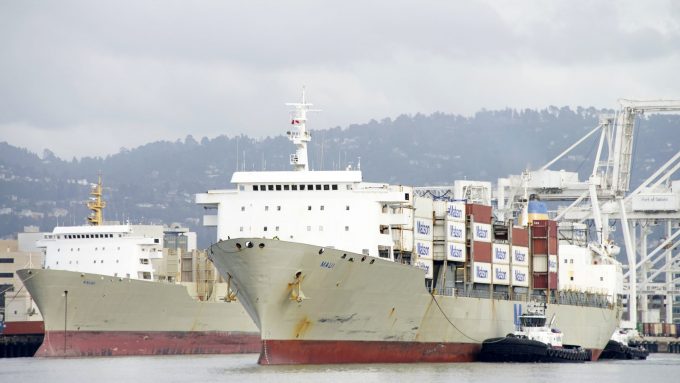Outlook for container shipping 'more uncertain now than at the onset of Covid'
Shippers are advised to prepare for “difficult operational and shipping conditions” as maritime analyst Drewry ...

Ocean carriers are ramping-up their vessel blanking programmes from Asia as export demand weakens, but last-minute cancellations are causing chaos in supply chains and confusion within liner offices.
Moreover, shippers are having to navigate their way around ‘officially’ announced blank sailings and voyages pulled just days ...

Comment on this article